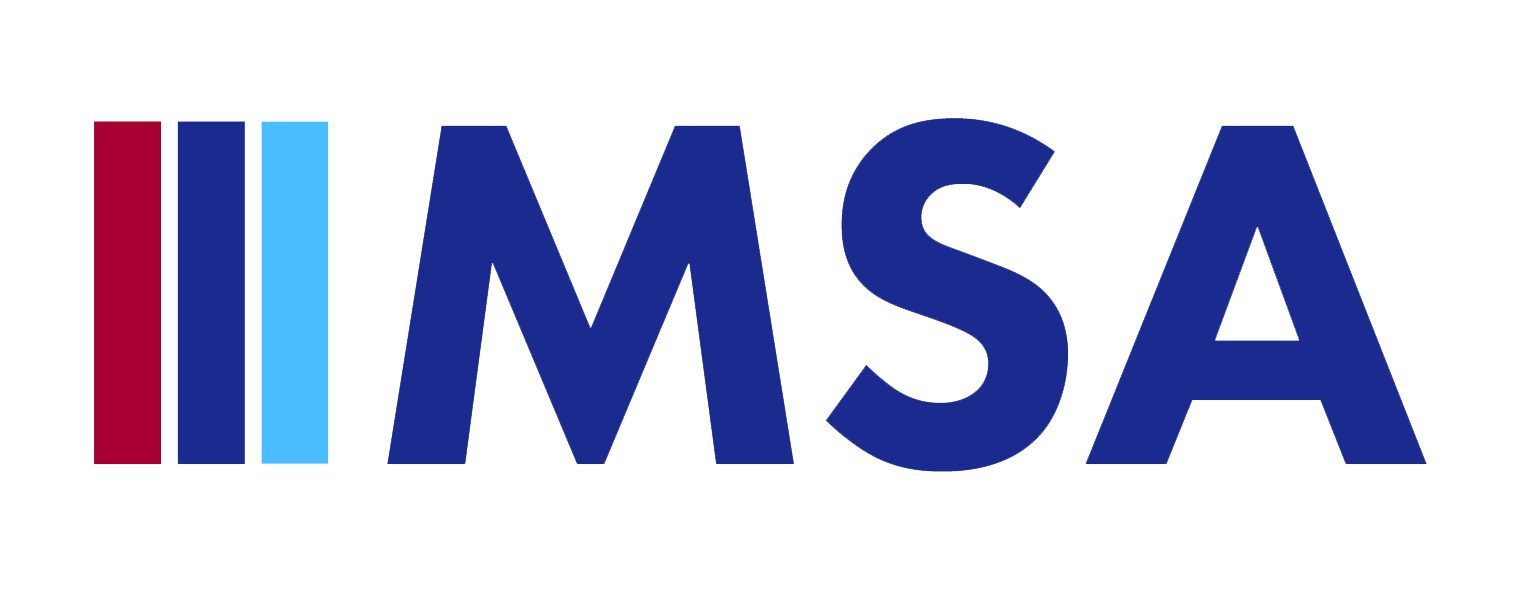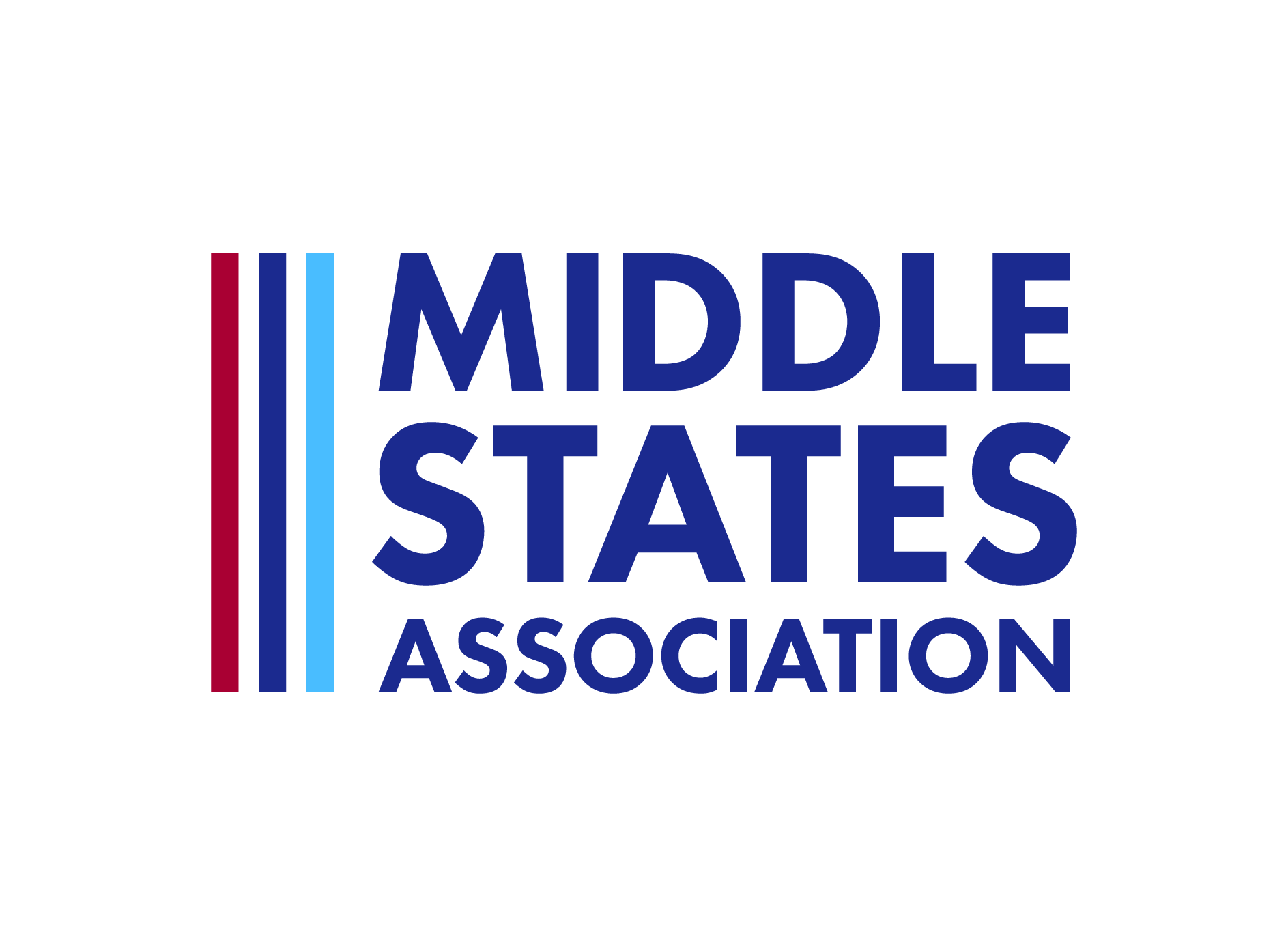 In 1950 in the United States, a headline on the cover of Good Housekeeping magazine posed the question: “How Safe Are Your Schools?”
In 1950 in the United States, a headline on the cover of Good Housekeeping magazine posed the question: “How Safe Are Your Schools?”
This past September, more than 66 years later, a headline in The Wall Street Journal noted: “French Schools Launch Terrorism Drills.”
School safety – in one form or another – is not a new issue, nor is it one that is going away any time soon.
As a global leader in school improvement and accreditation, the Middle States Association Commissions on Elementary and Secondary Schools recognizes that school safety and child protection are critical to student outcomes.
But student outcomes aside, schools have a fundamental responsibility to keep children safe while they are in their care.
To say it is not an easy assignment is an understatement, as schools around the world face an array of threats every day.
Between 1970 and 2013, more than 3,400 attacks targeting educational institutions took place in 110 countries, according to a report by the National Consortium of Terrorism and Responses to Terrorism, based on data from the Global Terrorism Database.
While mass shootings and terrorist attacks make international headlines, physical, emotional or sexual abuse is also a real and serious threat to students. Though dependable statistics are hard to come by, the World Health Organization reports that a quarter of all adults say they were physically abused as children, and one in five women and one in 13 men report having been sexually abused as a child.
Sadly, it must be acknowledged that some abuse occurs at the hands of teachers, who take advantage of their position and betray the trust of their students and the school community.
Regardless of the circumstances, schools have an important role in protecting children from abuse and neglect and providing a space where children can feel safe and secure. Because if children do not feel safe and secure, how can they learn?
That question is the heart of the issue when we talk about school safety.
The Middle States Association had the privilege last year of serving on the International Task Force on Child Protection, a broad coalition of volunteers and leaders representing a range of organizations involved with international education.
As part of our involvement, we helped develop a checklist of core and recommended recruiting practices for schools to use when screening and assessing candidates, with the goal of child protection.
We also recommended that annual training be required of and provided to teachers to help them learn how to detect child abuse and feel confident in reporting it.
Perhaps most importantly, we came together with other accreditation and inspection agencies to endorse new, enhanced standards for child protection.
At Middle States, Health and Safety has long been one of the 12 Standards for Accreditation.
Overall, schools applying for Middle States accreditation or reaccreditation must demonstrate that they provide a safe, orderly, and healthy environment for teaching and learning that meets the health and safety requirements of the civil jurisdiction(s) in which the school operates. Schools also must have and implement policies and/or procedural guidelines to ensure the health and safety of students, the staff, and visitors to the school, as well as have and implement plans for responding to emergencies and crises.
As a result of our work on the task force, we revised a number of our quality indicators for our Health and Safety Standard to specifically address child abuse prevention and reporting.
In addition to requiring training for teachers, we added two new indicators for all schools:
- The governing body and leadership ensure that the school has effective relationships with community organizations that are able to provide appropriate support, advice and services related to health, safety and child protection.
- The governing body and leadership ensure that the school implements policies, procedures and/or programs to promote awareness, prevention, and responsiveness to issues related to the social and emotional wellbeing of the students and staff.
By virtue of what they do and the innocence of those they serve, schools should be considered sanctuaries like houses of worship once were. They should be places within the larger society that are immune to the violence of the outside world.Despite the instances of terrorism, school violence and abuse, schools still remain among the safest places in our global society. As leaders in education, through initiatives like the International Task Force on Child Protection and enhanced standards for child protection, we can keep them so.

